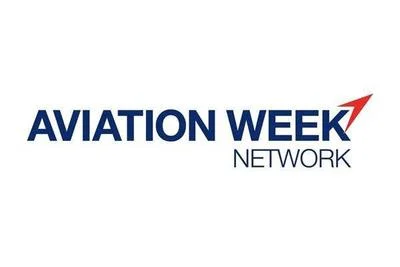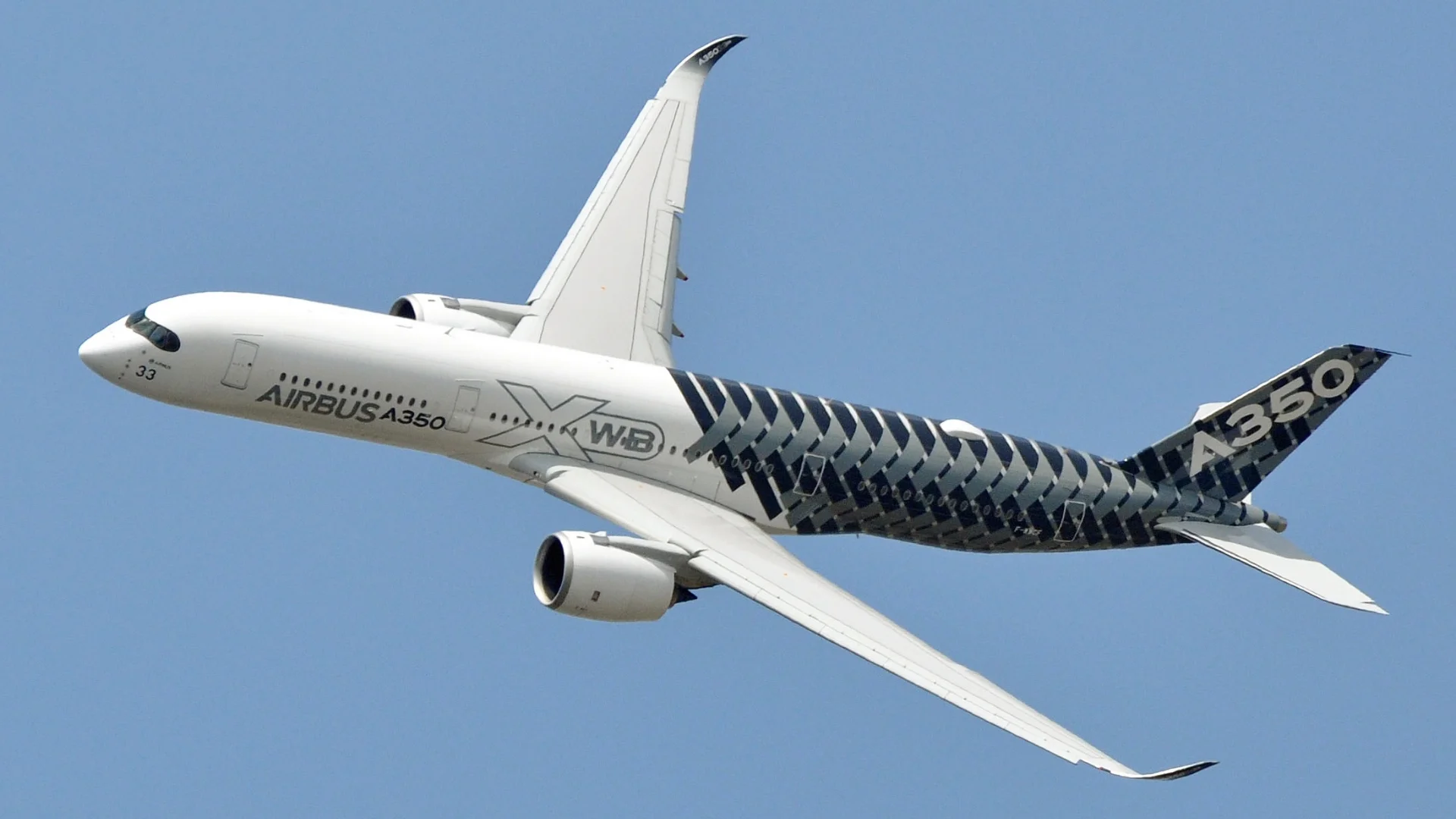On the other hand, the Boeing 777-8 has struggled with orders but features significant thrust from its GE Aerospace GE9X engines at 110,000 lbf. This variant stands taller and wider than any of its counterparts in terms of wingspan and cabin width but may have a shorter cabin length compared to the A350-1000.
The largest Airbus model, the A350-1000, has a length of 242 feet and can carry between 375 to 400 passengers over a distance of up to 9,000 nautical miles. Its engines provide more thrust than those on its smaller sibling but less than those on either Boeing model.
In contrast, by most measures including length (251 feet), wingspan (235 feet), and height (64 feet), the Boeing 777-9 emerges as overall larger despite having a shorter range at just over 7,285 nautical miles compared with Airbus' offering.
In terms of popularity based on order books: The Airbus A350 family has garnered over twice as many orders as its competitor with substantial interest particularly for its -900 variant; meanwhile within Boeings' offerings it’s their -9 variant that attracts most demand among international airlines while U.S.-based carriers show preference toward smaller alternatives like Dreamliners or even these very same Airbuses themselves.
"While technically not related to being 'bigger,' one area where they top lists involves ranges," says industry analyst Jane Doe "Airbus developed an ultra-long-range version specifically for Singapore Airlines making theirs currently longest-ranged commercially available."
Overall comparisons reveal nuanced differences rather than straightforward conclusions about size alone when considering each airplane's capabilities or appeal depending upon various factors such as market needs or technological advancements made possible through engineering feats achieved thus far by manufacturers involved today alike."
 Alerts Sign-up
Alerts Sign-up




































